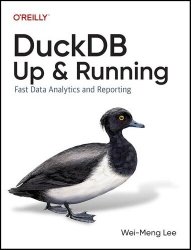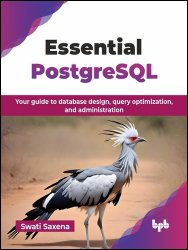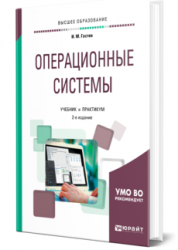- Добавил: literator
- Дата: 8-01-2025, 07:54
- Комментариев: 0
 Название: DuckDB: Up and Running: Fast Data Analytics and Reporting
Название: DuckDB: Up and Running: Fast Data Analytics and ReportingАвтор: Wei-Meng Lee
Издательство: O’Reilly Media, Inc.
Год: 2025
Страниц: 308
Язык: английский
Формат: True/Retail PDF, True/Retail EPUB
Размер: 44.9 MB
DuckDB, an open source in-process database created for OLAP workloads, provides key advantages over more mainstream OLAP solutions: It's embeddable and optimized for analytics. It also integrates well with Python and is compatible with SQL, giving you the performance and flexibility of SQL right within your Python environment. This handy guide shows you how to get started with this versatile and powerful tool. Author Wei-Meng Lee takes developers and data professionals through DuckDB's primary features and functions, best practices, and practical examples of how you can use DuckDB for a variety of data analytics tasks. You'll also dive into specific topics, including how to import data into DuckDB, work with tables, perform exploratory data analysis, visualize data, perform spatial analysis, and use DuckDB with JSON files, Polars, and JupySQL.









